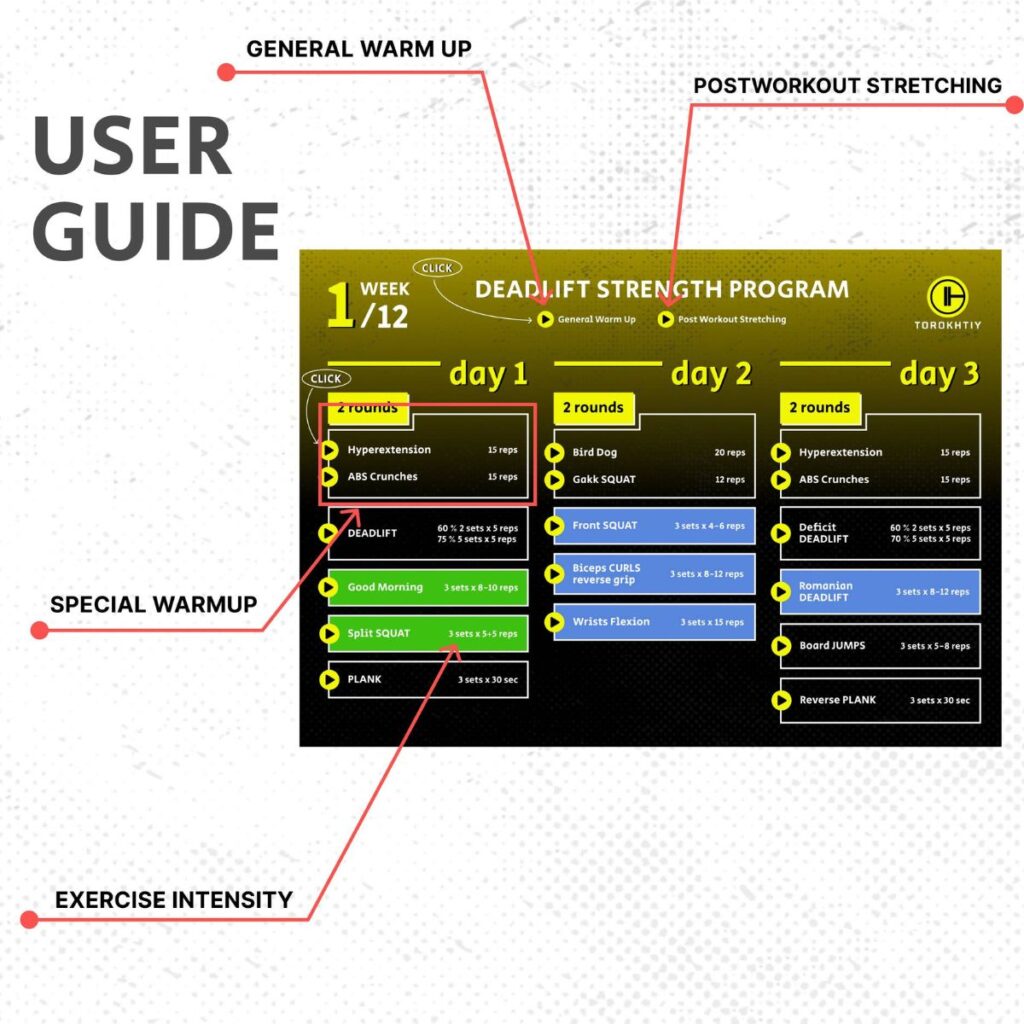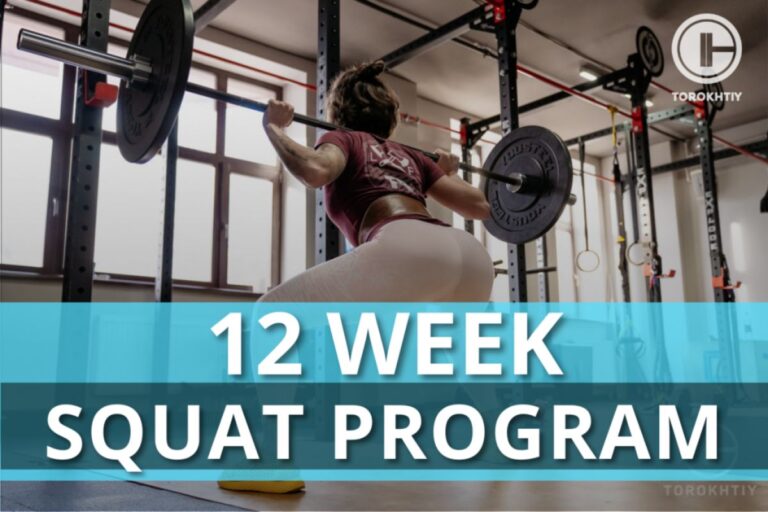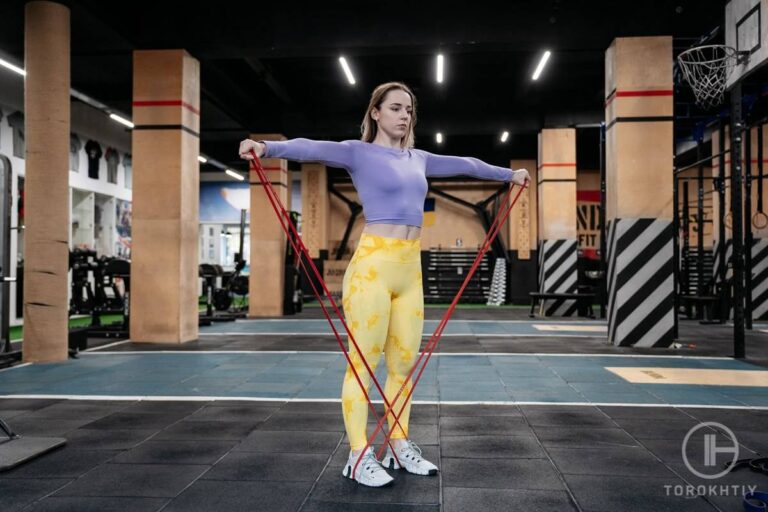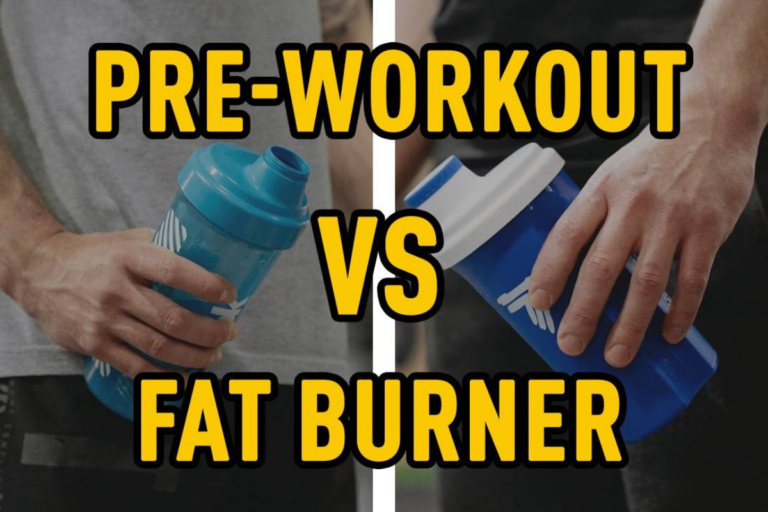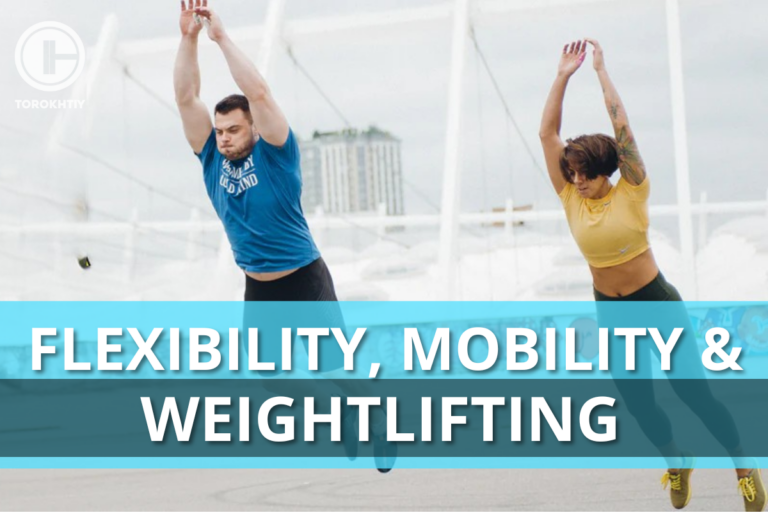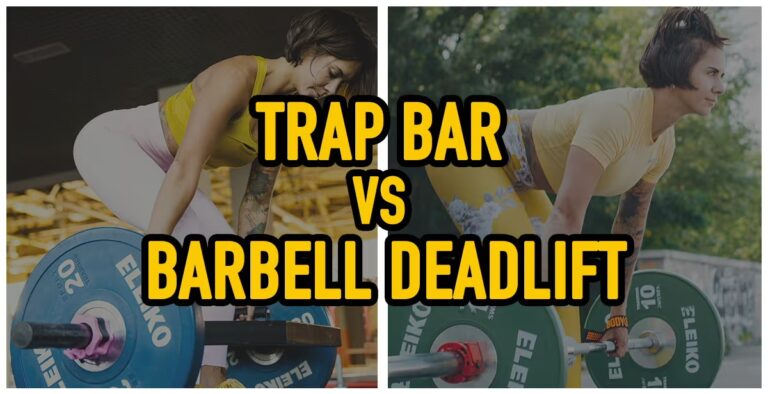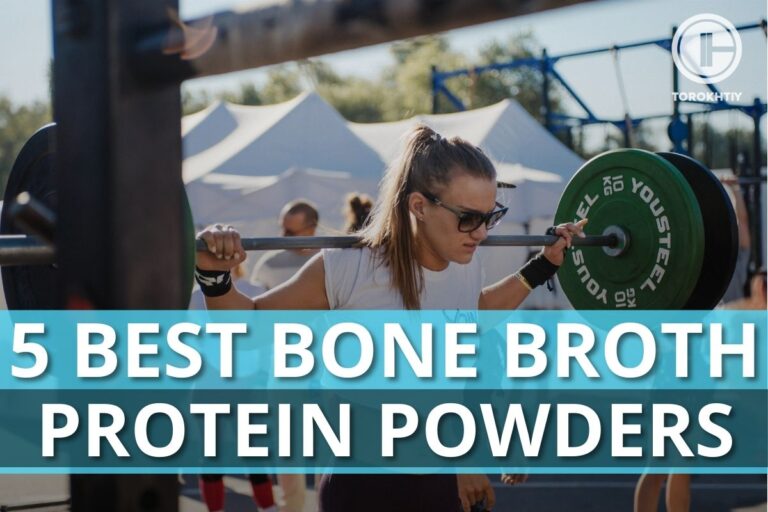Is Sumo Deadlift Cheating?
In the world of lifters, sumo deadlift is one such exercise that has been the center of many controversies. Some people think that it is cheating, while others don’t. So, let’s seek the answer to the question, “is sumo deadlift cheating?”
Is sumo deadlift cheating? Some consider it cheating because of the shorter range of motion and wider stance, while others think it’s a legit technique. The reason why sumo deadlift is cheating is that it deviates from the traditional form of deadlifting. But, it’s all personal opinion.
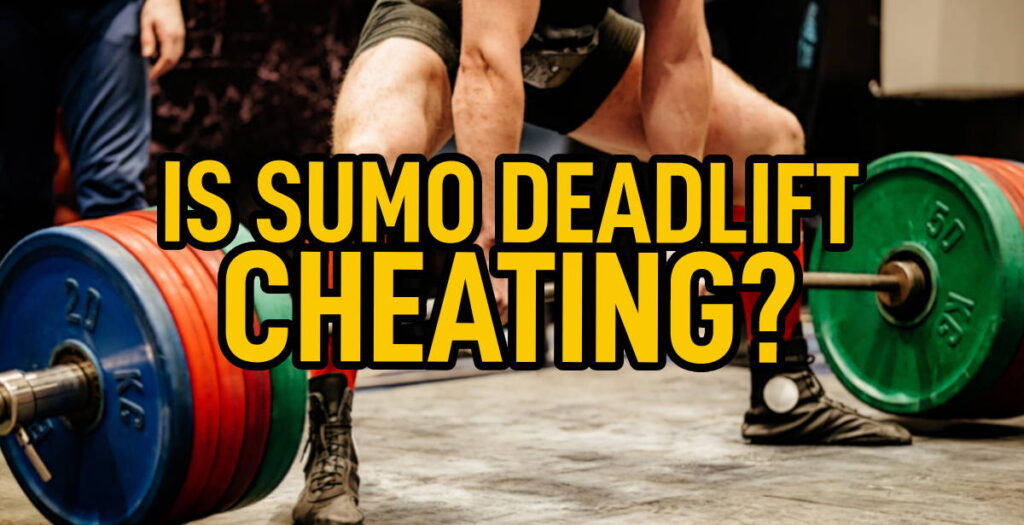
Why Do People Think Sumo Deadlift Is Cheating?
Sumo deadlift is a variation of deadlift where your feet would be placed wider the shoulder-width, and your hands would be positioned inside the knees. The stance is considerably wider than that of a conventional deadlift. Because of the stance, the range of motion is comparatively shorter, which brings up the question, “Why is sumo deadlift called cheating?”
There are two main arguments here. Many lifters think that a sumo deadlift is indeed cheating because of the wider stance and grip, which makes it easier.
This not only makes the lift easier, but it lets a lifter lift heavier weights than they would be able to while performing a conventional deadlift. In a way, it gives an unfair advantage in powerlifting competitions.
But those who support sumo deadlifting say that it works out just fine for their body type. According to them, powerlifting is about lifting the heaviest weight possible, and lifters should be able to use techniques according to their convenience.
Also, a sumo deadlift puts less strain on the lower back than a conventional deadlift, which can be beneficial for lifters with lower back issues.
When we talk about powerlifting competitions, there is always a question that arises, “is sumo deadlift allowed in competition?” When it comes to powerlifting competitions, the rules and standards for sumo deadlifts vary. While it is allowed in some competitions, it isn’t allowed in other competitions.
A point to note would be that the International Powerlifting Federation, which is the largest powerlifting federation in the world, allows sumo deadlifts in its competitions. Another point to note would be that organizations like the United States Powerlifting Association don’t allow sumo deadlifts.
To conclude, it all boils down to personal opinion. There will always be some people who are for sumo deadlifts, and there will also be some people against it.
As far as powerlifting competitions are considered, the rules and standards vary here, and it’s up to the particular federation if they allow sumo deadlifts or not.

What Do You Need to Know About Sumo Deadlift?
To give you some context, this exercise is a deadlift variation where the stance is wider than the shoulder width, and the feet are placed outside the hands. Let’s take a look at the stance, advantages, and disadvantages of the sumo deadlift.
The toes are pointing outwards at a 45-degree angle (or more), and the shins are almost perpendicular to the floor. The reason why it’s called a sumo deadlift is that the stance resembles the stance of a sumo wrestler.
One of the biggest pros of this exercise is the short range of motion. It reduces the strain on the lower back, therefore, making it a safer option for those who have back pain or are recovering from any injury.
Also, the leg drive is greater in a sumo deadlift. So, if your goal is to work your leg muscles and grow them, a sumo deadlift is an amazing option.
But, there are some downsides to this exercise as well. Firstly, the wider stance is as much a disadvantage as it is an advantage. The disadvantage is that this exercise might not be suitable for those who have tight hip or groin muscles, which is a lot of people.
Also, sumo deadlifts don’t place a lot of emphasis on the upper back and grip strength, so if you only focus on sumo deadlifts, those muscles would start lagging.
All in all, sumo deadlifts could be a great addition to any fitness regimen, especially for those with back pain or injury. But, it is essential to consider your mobility and fitness goals while deciding whether or not to incorporate this exercise into your routine. Let’s take a look at some sumo deadlift tips.

Wide Foot Stance
As you know, sumo deadlifts require a wider stance. So, position your feet wider than the width of your shoulders and have your toes pointing outwards at a 45-degree angle or higher.
Shin Positioning
Your shins should be almost vertical during the lift. When you implement this tip, you’ll be able to maximize your leg drive and maintain your torso in an upright position. Don’t let the knees cave in as well.
Grip Placement
Have a wide grip, placing the hands inside the knees. With this grip, the distance that the bar needs to travel during the exercise gets shortened, and it also reduces the pressure on the lower back. Having a wide grip would also engage the lats nicely.
Core and Lat Engagement
It is very essential to brace the core and engage the lats to maintain a neutral spine position. It will also prevent your back from rounding or aching, which could cause injuries.
Leg Drive Initiation
You have to have a strong leg drive to initiate a sumo deadlift. Push your feet into the ground and keep your shins vertical to generate maximum power from your legs.
Bar Path
A very important deadlift tip is to keep the bar as close to the body as possible. It would put less strain on the lower back and increase the efficiency of the lift. Make sure that the bar travels in a straight line from the bottom to the top.
Lockout at the Top
When you are at the top of the lift, lock out your hips and knees. This tip would complete the lift while also ensuring that you’re fully standing upright.
Lowering the Bar
When you lower the bar to the ground, it is very important to make sure that the back doesn’t round and that you maintain the spine in a neutral position. Be in full control of the bar while placing it down on the ground.
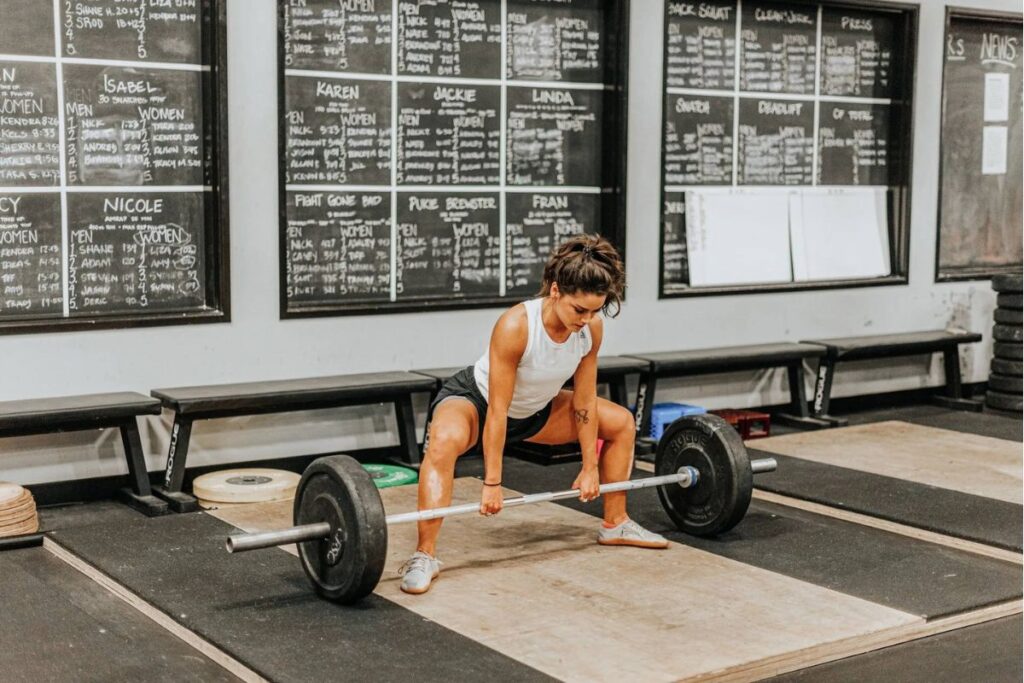
Conventional Deadlift vs. Sumo Deadlift Differences
Let’s take a look at why people think the sumo deadlift is believed to be comparatively difficult. While both of these exercises are amazing for building strength, some think that the sumo deadlift is more challenging, especially due to the wider stance.
It requires the lifter to engage its adductor muscles to a greater degree, which also ends up placing more emphasis on the lower body.
Also, having a shorter range of motion makes it more difficult to get the weights off the ground. So, you have to maintain an upright position of the spine, which requires more flexibility and hip mobility. It’s even more challenging for taller lifters or those with limited hip mobility.
Despite these challenges, the sumo deadlift is a very effective exercise for building lower body strength, especially for lifters who may struggle with the conventional deadlift due to back or mobility issues. With proper form and ideal technique, both variations can help build a strong body. Now, let’s take a look at the differences between a sumo deadlift and a conventional deadlift.
| Lift Type | Sumo Deadlift | Conventional Deadlift |
| Exercise Difficulty | 4/5 | 4.5/5 |
| Grip Width | Narrow | Wide |
| Stance | Wide | Narrow |
| Overlapping Muscle Groups | ○Glutes ○Quadriceps ○Adductors ○Hamstrings ○Erector Spinae ○Trapezius ○Rhomboids ○Latissimus Dorsi ○Abdominals ○Forearms | ○Glutes ○Quadriceps ○Adductors ○Hamstrings ○Erector Spinae ○○Trapezius ○Rhomboids ○Latissimus Dorsi ○Abdominals ○Forearms |
| Primary Muscles Worked | Hips and adductors | Glutes, hamstrings, and traps |
| Recommended For | Lower body development | Posterior and core strength |
Stance and Foot Placement
The biggest difference between the two exercises is the stance and foot placement. The conventional deadlift has a narrower stance, with the toes pointing forward and the feet being placed hip-width apart. Sumo deadlift requires a wide stance with toes pointing outwards and feet positioned outside the shoulders.
Range of Motion
A conventional deadlift has a longer range of motion because you have to lift the barbell with a straight spine from the floor. The sumo deadlift has a shorter range of motion because of its wide stance.
Muscles Targeted
Both exercises work for almost similar muscle groups. But conventional deadlifts work the lower back, hamstrings, and glutes more. On the other hand, sumo deadlifts place more emphasis on your quads.
Mechanical Advantage
There’s a greater mechanical advantage while performing a sumo deadlift because of the shorter range of motion. Thus, it lets a lifter lift heavier weights as compared to performing a conventional deadlift.

Grip
Lifters often have a mixed grip while performing a conventional deadlift. A mixed grip is the combination of a pronated hand position and a supinated hand position. Thus, a conventional deadlift increases grip strength. Similarly, most lifters have a hook grip while performing a sumo deadlift.
Difficulty Level
For some, a sumo deadlift is the harder alternative because of the requirement of more hip mobility, balance, and technique in order to have perfect form. Similarly, a conventional deadlift is harder for some people because it has a longer range of motion.
Injury Risk
The conventional deadlift is more prone to lower back injuries because it puts more strain on the lower back as compared to sumo deadlifts. Similarly, the sumo deadlift is more prone to hip injuries because of the wider stance.
Suitability for Body Types
Conventional deadlifts are better suited for those lifters who have long arms and short torsos, while sumo deadlifts are better for those lifters who have shorter arms and longer torsos. There are more criteria, but generally, that’s where the divide is.
🔻12-Week Deadlift Strength Program by Oleksiy Torokhtiy
Unlock your true potential with our Deadlift Strength Program!
Designed for athletes by 2-time Olympian Oleksiy Torokhtiy, this 12-week program focuses on enhancing your deadlift strength, strengthening your back and legs.
Program details:
- 12 weeks;
- 3 days / week;
- 45-120 minutes per session;
- 50+ specific exercises;
- Focus on New Result in Deadlift;
- One-time payment, no recuring payments;
- Full access to all training content.
Start now and boost your deadlift results!
Are Sumo Deadlifts Right for You?
To answer this question, sumo deadlifts can be great for some while not so great for others. The best part about it is that it puts less strain on the back. Therefore, if you’re struggling with maintaining ideal form while performing a conventional deadlift, you should try sumo deadlifts.

The shorter range of motion also takes the extra loads off the hamstrings and glutes and puts the tension on the quadriceps. So, if growing quads is a goal, then you must incorporate the sumo deadlift into your routine.
If you have long torsos, short legs, or limited hip mobility, then sumo deadlifts might not be the greatest option for you. Because of the leverage difference and muscle activation difference, some people can find pulling more weights difficult with the sumo deadlift.
All in all, whether or not sumo deadlifts are ideal for you completely depends on your fitness goals, capabilities, and choices. But, we will say that it is definitely worth trying out and comparing which exercise helps you lift more weights and suits you better.
FAQ
Is Sumo Deadlift Better for Back?
Sumo deadlifts are an amazing exercise for strengthening your back, glutes, and even hamstrings. But whether it’s better than the conventional deadlift for your back or not is a matter of personal opinion, specific fitness goals, and anatomical requirements.
Does Sumo Deadlift Count In Competition?
Now, do sumo deadlifts count? Well, they are generally allowed in powerlifting competitions, and yes, they do count towards your entire score as well. But, the rules and standards greatly vary according to the competition. So, it’s best to consult the organizers beforehand.
Are Sumo Deadlifts Easier?
Sumo deadlifts could be easier for some lifters because of the shorter range of motion and less pressure on the lower back. It also requires less hip and ankle mobility. But, some lifters can find it more challenging because of the technique and other personal preferences. The answer depends.
Conclusion
So, this was a detailed outlook into the arguments, pros, and cons of performing a sumo deadlift. You should definitely try out both conventional and sumo deadlifts and see what fits better. If you have any more sumo deadlift tips or arguments, let us know in the comment section below.
Also read:
- Rounded Back Deadlift
- Where Should You Feel a Deadlift
- How to Strengthen Grip for Deadlift
- Should You Deadlift Barefoot
- Deadlifts vs Good Mornings
- How to Increase Deadlift
- Deadlift Cues
- Average Deadlift
- Deadlift Program for Strength
References:
- Is the Sumo Deadlift Cheating? // Built Strength: https://www.builtstrength.com.au/exercise-methodology/sumo-deadlift-cheating
- Are Sumo Deadlifts Cheating? // LifeHacker: https://lifehacker.com/are-sumo-deadlifts-cheating-1847388851
- Is The Sumo Deadlift Cheating?: An Update // NCBI: https://www.boxrox.com/is-the-sumo-deadlift-cheating/
- Why Do People Think Sumo Deadlift Is Cheating? // Powerlifting Technique: https://powerliftingtechnique.com/sumo-deadlifts-cheating/#sumo
Why Trust Us?
With over 20 years in Olympic Weightlifting, our team does its best to provide the audience with ultimate support and meet the needs and requirements of advanced athletes and professional lifters, as well as people who strive to open new opportunities and develop their physical capabilities with us.
By trusting the recommendations of our certified experts in coaching, nutrition, dietology, and sports training programming, as well as scientific consultants, and physiotherapists, we provide you with thorough, well-considered, and scientifically proven content. All the information given in the articles concerning workout programming, separate exercises, and athletic performance, in general, is based on verified data. We ensure that you can rely on our professionals’ pieces of advice and recommendations that can be treated as personalized ones which will benefit you and fully meet your needs.
The product testing process is described in more detail here
Author: Sergii Putsov
Head of Sport Science, PhD
Best Results: Snatch – 165 kg,
C&J – 200 kg
Sergii Putsov, Ph.D., is a former professional weightlifter and National team member, achieving multiple medals in the 94 kg weight category at national competitions. With a Master’s degree in “Olympic & Professional Sport Training” and a Sport Science Ph.D. from the International Olympic Academy, Greece, Sergii now leads as the Head of Sport Science. He specializes in designing training programs, writing insightful blog articles, providing live commentary at international weightlifting events, and conducting educational seminars worldwide alongside Olympic weightlifting expert Oleksiy Torokhtiy.

